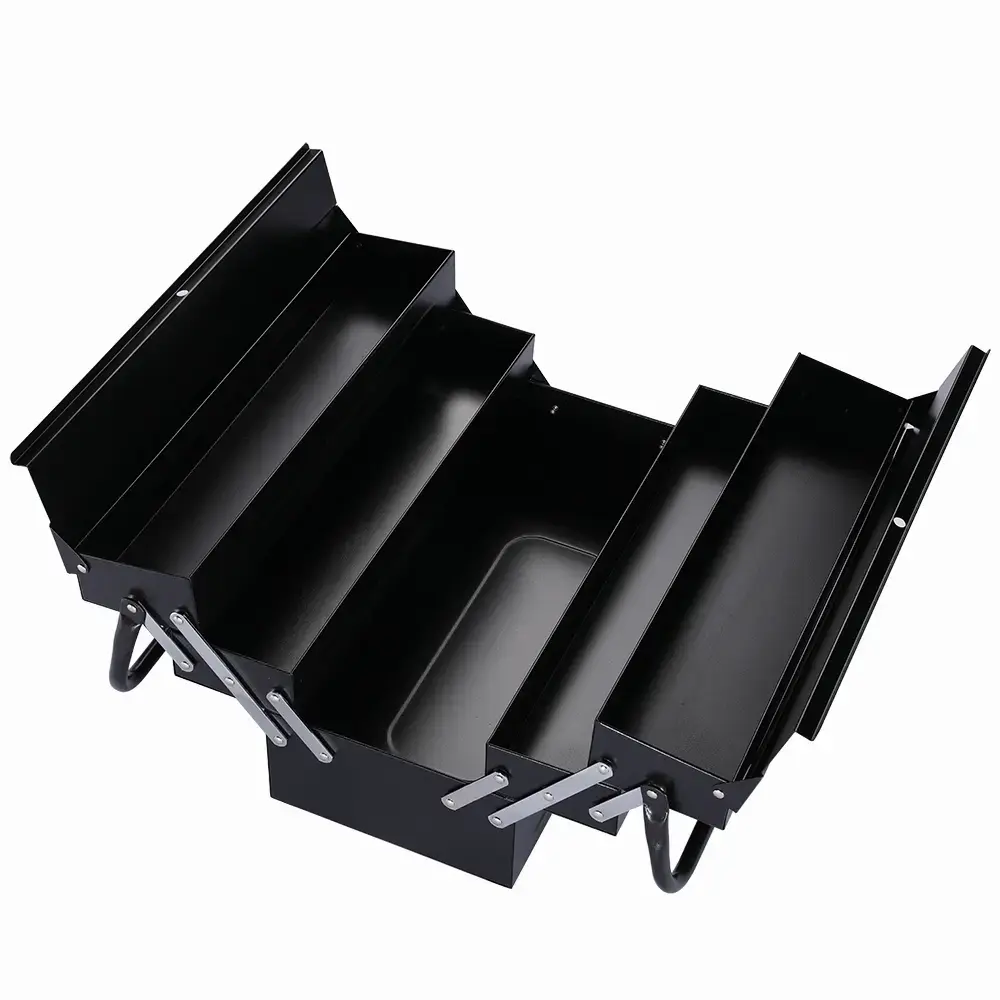Aerospace Aluminum vs. Polypropylene: The ultimate toolbox material showdown
Aerospace aluminum and polypropylene are two common choices when choosing toolbox materials. Each material has its own unique advantages and limitations, suitable for different use scenarios and needs. This article provides a comprehensive comparison of these two materials to help you better choose the right toolbox material.
First, aviation aluminum toolbox
Step 1: Advantages
High strength and durability: Aviation aluminum is a high-strength aluminum alloy with excellent impact resistance and durability. It can withstand large weight and pressure, suitable for use in harsh environments.
Lightweight design: Despite the strength of aviation aluminum, its relatively low density makes the toolbox lightweight and easy to carry while remaining strong.
Corrosion resistance: Aviation aluminum has good corrosion resistance, can maintain performance in wet or chemical environments, and is not easy to rust or corrosion.
Appearance and texture: Aviation aluminum toolbox usually has a delicate appearance and good texture, suitable for users who have high requirements for the appearance of the toolbox.
2. Weaknesses
High cost: Due to the difficulty of processing aviation aluminum and the high cost of materials, the price of aviation aluminum toolbox is usually more expensive than polypropylene toolbox.
Maintenance is difficult: Once the aviation aluminum toolbox is damaged, it is difficult to repair and may require professional maintenance services.
Second, polypropylene toolbox
Step 1: Advantages
Cost effective: Polypropylene is a relatively inexpensive plastic material, making polypropylene toolboxes have a significant cost advantage.
Good chemical resistance: polypropylene has good chemical resistance, can resist the erosion of a variety of chemical substances, suitable for use in special environments such as chemical industry.
Lightweight and easy to carry: The lightweight polypropylene material makes the toolbox easy to carry and move, suitable for frequent handling occasions.
Good flexibility: polypropylene has a certain degree of flexibility, can resist impact to a certain extent, not easy to break.
2. Weaknesses
Lower strength: Compared to aviation aluminum, polypropylene has lower strength and may be deformed or damaged when subjected to greater weight or pressure.
Poor weather resistance: When polypropylene is exposed to sunlight and the atmosphere for a long time, it is easy to age, resulting in decreased performance.
Low dimensional accuracy: polypropylene materials may shrink after processing, resulting in low dimensional accuracy of products.
3. Applicable scenarios
1. Aviation aluminum toolbox
Professional tool storage: Suitable for storage and protection of high-value tools and equipment, such as mechanical maintenance tools, electronic equipment, etc.
Harsh Environment use: In harsh environments such as moisture, chemical corrosion or high temperatures, the aviation aluminum toolbox provides better protection.
There are requirements for the appearance of the toolbox: If you need a beautiful appearance and good texture of the toolbox, aviation aluminum is a good choice.
2. Polypropylene toolbox
Daily tools storage: suitable for daily use of tools and items, such as family toolbox, small maintenance tools.
Portability needs: For toolboxes that need to be moved and carried frequently, the lightness of polypropylene is an important advantage.
Cost-sensitive applications: If the budget is limited, the polypropylene toolbox can provide basic storage and protection functions at a lower cost.
Iv. Conclusion
Aerospace aluminum and polypropylene are two common materials for toolbox, each with its own unique advantages and disadvantages. Aviation aluminum toolboxes, with their high strength, durability and good corrosion resistance, are suitable for use in professional and harsh environments, but at a higher cost. Polypropylene toolboxes are cost-effective, portable and resistant to chemicals, making them suitable for everyday use and cost-sensitive applications. When selecting the tool box material, the most suitable material should be selected according to the specific use needs, budget and environmental conditions, considering various factors.

